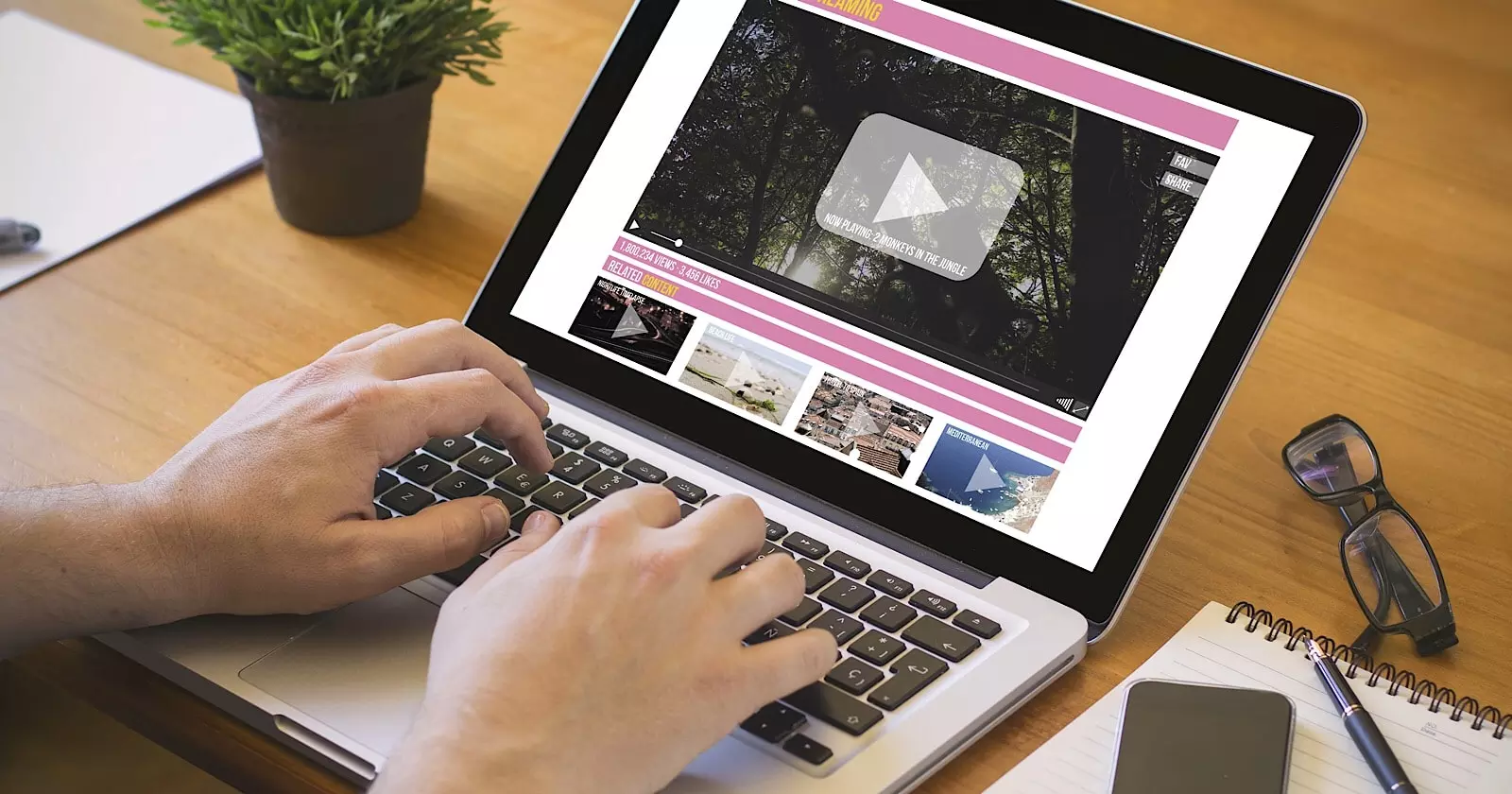Introduction
In recent years, the educational landscape has undergone a significant transformation, largely due to the advent of the Video Learning Revolution. This revolution has revolutionized the way we learn, offering unprecedented access to knowledge and resources. In this article, we’ll delve into the intricacies of this revolution, exploring its impact, benefits, and potential future implications.
Embracing Change: The Power of Video Learning
Understanding Video Learning
Video Learning, also known as e-learning or online learning, refers to the use of digital video content to deliver educational material. This dynamic approach allows learners to access information anytime, anywhere, using various devices such as computers, smartphones, or tablets.
Breaking Boundaries
One of the most significant advantages of Video Learning is its ability to transcend geographical limitations. With access to the internet, learners from all corners of the globe can connect with educational resources, breaking down traditional barriers to learning.
Enhancing Engagement
Video Learning offers a multimedia-rich experience, captivating learners through interactive content, animations, and real-world examples. This engagement fosters deeper understanding and retention of information, making learning more effective and enjoyable.
Leveraging Technology for Educational Empowerment

Accessibility and Inclusivity
The Video Learning Revolution has paved the way for greater accessibility and inclusivity in education. Individuals with disabilities, remote learners, and those facing socio-economic challenges now have unprecedented access to quality educational resources.
Personalized Learning Journeys
With the rise of adaptive learning technologies, Video Learning platforms can tailor educational content to suit individual learning styles and preferences. This personalized approach maximizes learning outcomes by catering to the unique needs of each learner.
Bridging the Skills Gap
In today’s rapidly evolving job market, there is a growing demand for new skills and competencies. Video Learning equips learners with the knowledge and skills necessary to thrive in the digital age, helping bridge the ever-widening skills gap.
Navigating Challenges and Seizing Opportunities
Digital Divide Concerns
While the Video Learning Revolution holds immense promise, it also brings to light concerns regarding the digital divide. Addressing issues of internet access, digital literacy, and affordability is crucial to ensuring equitable access to education for all.
Accessibility and Inclusivity

Unlocking Potential: The Power of a Video Learning Platform extends beyond traditional educational boundaries, offering accessibility and inclusivity to learners worldwide. These platforms break down barriers to education by providing content in multiple languages, accommodating diverse learning abilities, and offering closed captioning and transcripts for individuals with disabilities. By fostering a culture of inclusivity, video learning platforms empower learners from all backgrounds to thrive academically.
Quality Assurance
As the popularity of Video Learning grows, ensuring the quality of educational content becomes paramount. Implementing robust standards and guidelines for content creation and delivery is essential to maintaining educational integrity and relevance.
Future Possibilities
Looking ahead, the Video Learning Revolution shows no signs of slowing down. Innovations such as virtual reality, augmented reality, and artificial intelligence promise to further enhance the educational experience, opening up new avenues for exploration and discovery.
Conclusion
In conclusion, the Video Learning Revolution is reshaping the educational landscape, empowering learners and educators alike with unprecedented opportunities for growth and innovation. By embracing this transformative approach to learning, we can unlock the full potential of education and pave the way for a brighter, more inclusive future.
________________________________________________________________________________________
FAQs
Video Learning enhances engagement, accessibility, and personalization, offering learners a dynamic and effective educational experience.
Are Video Learning platforms accessible to everyone?
While Video Learning platforms strive for inclusivity, challenges such as the digital divide must be addressed to ensure equitable access for all.
Can Video Learning replace traditional classroom education?
Video Learning complements traditional education methods, offering flexibility and scalability while retaining the value of face-to-face interaction in certain contexts.
What role does technology play in the Video Learning Revolution?
Technology serves as the driving force behind the Video Learning Revolution, enabling the creation, delivery, and personalization of educational content on a global scale.
How can educators adapt to the shift towards Video Learning?
Educators can embrace Video Learning by leveraging digital tools, creating engaging content, and fostering collaboration and interaction among learners.
What are the future trends in Video Learning?
The future of Video Learning holds exciting possibilities, including advancements in virtual reality, augmented reality, and adaptive learning technologies.




